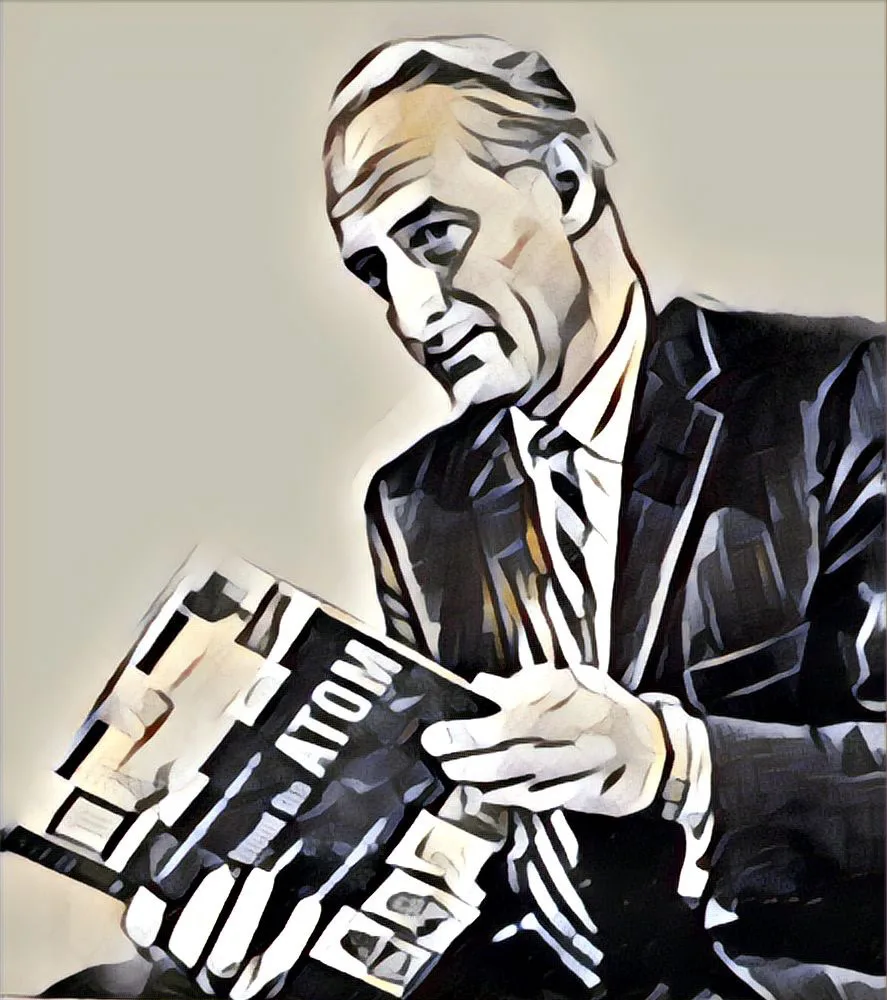Heinz Haber was a German physicist, science writer, and television host who left an indelible mark on the world of science and popular education. With his signature introduction, “Meine lieben jungen Freunde” (“My dear young friends”), he captivated the attention of a generation of young Germans. This article focuses on the life and work of Heinz Haber and examines his contributions to physics, space medicine, and science education for children and adults.
Early Life and Education
Heinz Haber was born on May 15, 1913, in Mannheim, Germany, to Carl Haber, the director of “Süddeutsche Zucker AG,” later known as Südzucker. His older brother, Fritz Haber, was an aerospace engineer. Heinz began his studies in physics at Leipzig, Heidelberg, and Berlin in 1932. However, his education took a detour when he volunteered for the German Airforce, Luftwaffe, in 1934. He returned to academics and eventually earned his doctorate.
Military Service and Controversies
In 1933, Haber joined the German Air Sports Association, an organization set up by the Nazi Party. He served as a reconnaissance aviator during World War II and was awarded the Iron Cross 2nd Class in 1939 and 1st Class in 1940. He was shot down and wounded in 1942. It’s important to note that Haber was a member of several Nazi organizations and was an avid supporter of Hitler and the Third Reich. He never spoke out against the unethical methods of his peers, which has led historians to label him as an adaptive opportunist.
Post-War Contributions and Operation Paperclip
After the war, Haber was targeted by Operation Paperclip, a U.S. intelligence program aimed at recruiting German scientists. He initially stayed in Germany but emigrated to the United States in 1946. There, he joined the USAF School of Aviation Medicine and made pioneering contributions to space medicine along with his brother Fritz Haber and fellow German Hubertus Strughold.
Career at UCLA and Disney
In 1952, Haber became an associate physicist at UCLA. He also became the chief scientific consultant to Walt Disney productions. He co-hosted Disney’s “Man in Space,” a show that aimed to explain complex scientific concepts in an easily digestible format. One of his most famous contributions was “Our Friend the Atom,” a Disney broadcast that he hosted. This show, along with a children’s book of the same name, aimed to demystify nuclear fission and fusion.
Science Communication in Germany
Upon his return to Germany in the 1960s, Haber became a household name as a popular science spokesperson. He hosted a variety of TV programs, including “Professor Haber berichtet,” “Das Mathematische Kabinett,” “Unser blauer Planet,” and more. Each show was meticulously prepared, and his engaging style made complex scientific topics accessible to children.
“Meine lieben jungen Freunde”
Haber’s broadcasts often began with the phrase “My dear young friends,” a term of endearment that made him popular with young viewers. He had a knack for explaining hard science in a lucid style, a skill that has been frequently imitated but seldom matched.
Legacy and Impact
Haber’s television programs and books have left a lasting impact on science education in Germany. He was the founding editor of the German science magazine “Bild der Wissenschaft,” and his work in science communication has inspired a new generation of science educators.
Personal Life
Haber had two children from his first marriage and a third child from his second marriage. His first wife, Anneliese, lived in Tucson, Arizona, and his second wife, Irmgard, lived in Hamburg, Germany.
Conclusion
Heinz Haber was a multifaceted individual whose work spanned physics, space medicine, and science communication. While his contributions to science and education are noteworthy, his association with Nazi organisations and the ethical implications of his actions cannot be ignored. His life serves as a complex tapestry that intertwines scientific brilliance with ethical dilemmas. His television shows, introduced with the heartfelt “Meine lieben jungen Freunde,” have left an indelible mark on the minds of young Germans. While his life was not without controversy, his impact as a science communicator remains a significant part of his legacy. Ich werde ihn nicht vergessen.

